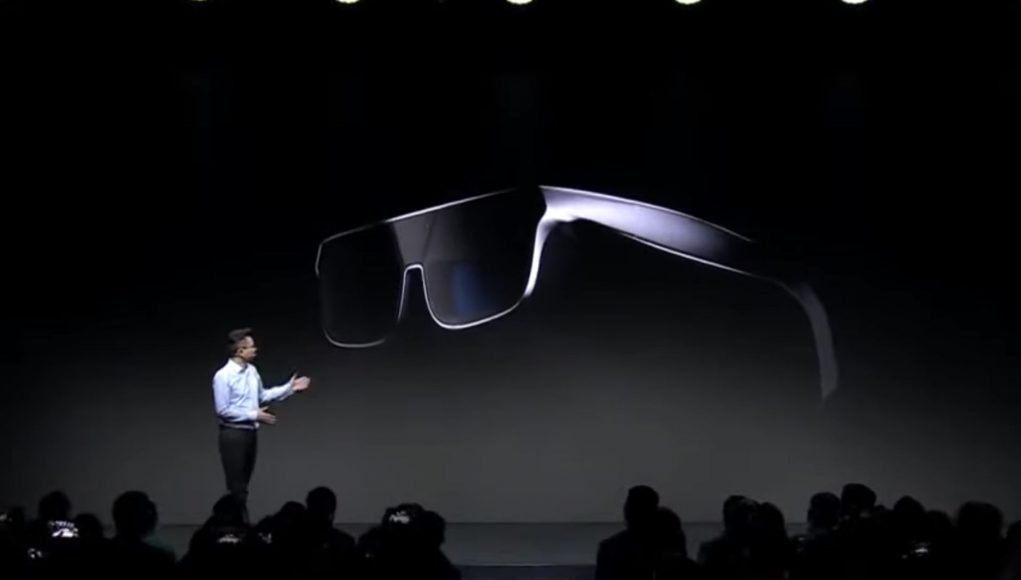Artificial intelligence has positioned itself as an ideal tool to alleviate the shortage of doctors in China. In fact, medical diagnostic tools based on this technology are part of China’s plan to become a leader in AI by 2030.
The second world power has many imbalances. One of them is that the number of patients who go to hospitals or clinics, seeking medical assistance, is too many. And they are because in reality what’s missing in China are doctors.
The population is such that the shortage of doctors in China has become a thorny issue. The difference between cities and rural areas is important (apart from being the most populous country, China is the third largest in the world, if we give Canada the second place, although a part of its land remains frozen much of the year).
To get an idea of the human resources that the Chinese health system has, you can take the number of doctors per person as a reference. In the Asian country the average is 1.5 doctors per 1,000 inhabitants. In the United States this average amounts to 2.5 doctors. In Spain, however, the rate is much higher, rising to 3.9 doctors per 1,000 people.
So the Chinese government is determined to turn the situation around. And for that has decided to resort to artificial intelligence. In fact, medical diagnostic tools based on this technology are part of China’s plan to become a leader in AI. Not only that, but they are part of the first phase of the plan, which indicates their importance. If this type of software is extended, fewer doctors will undoubtedly be needed, because diagnosing will be a task that can be automated-perhaps under supervision-in some cases.
These tools work much like IBM’s Watson supercomputer does. They are algorithms that are trained with a series of casesfor example, with ultrasounds associated with a diagnosis. Patterns are established and the software learns to recognize them. From there an ultrasound can be presented to the algorithm, and it will give its diagnosis. This is based on everything you have learned previously.
This is a summary, but the truth is that the conclusions are distilled by complex mathematical calculations, nourished by variables. To get an idea of the interest of the Chinese government in promoting this branch of artificial intelligence, it is enough to know that the food and medicine regulator of the country it already allows the use of a number of medical devices of this class.
Precisely at this time it was planned to be put on sale the iFlytek robot. This system has been the first non-human candidate to pass the medical examination in China. The country’s tech giants have also seen a niche business in this area. As much Tencent as Alibaba they have dedicated research units AI-based diagnostic tools.
Images: ReSurge International, Kitmondo.com









